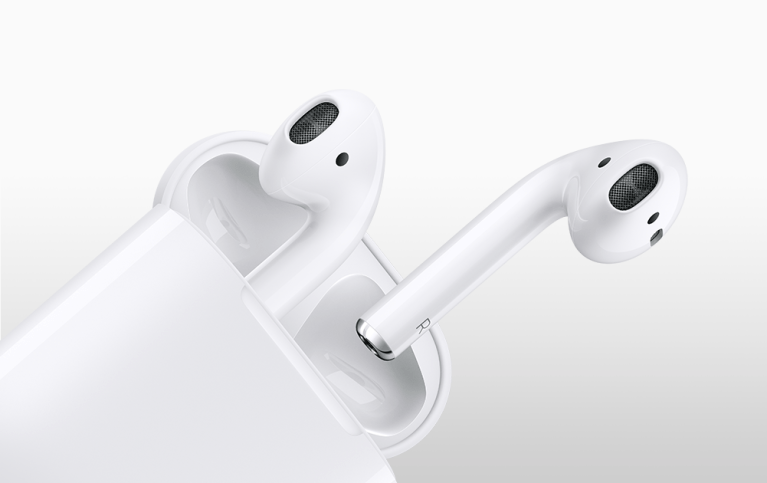Speculating about the Apple apocalypse — and the desperate need to hit the reset button — is something of a theme in tech reporting over the last 30 or so years. Sometimes — as in 1997 when the firm was about to go under and Steve Jobs was brought back in to right the ship — the critique is valid.
And according to some watchers — right now is one of those times.
The issue, according to the WSJ, is AI and Apple’s risk of being just as disrupted by it as their smartphone once disrupted everything else. Because consumers won’t soon be interacting with the digital world only through the super-computers in their pockets — but with the supercomputer coming soon to everything: cars, office equipment, lamps, etc.
And everyone is trying to get to the dominant AI position — Amazon has the lead at present, but Google is pushing up hard behind them.
So, where does that leave Apple? Well, Apple is not exactly ignoring the issue — it’s building its own “Alexa-like” smart home device, it has Home Kit, and of course, there is Siri. And Apple’s history is not one where it banks on being first to the gate — it instead banks on being at the gate when the time is right with the best-designed product.
But…
Advertisement: Scroll to Continue
Apple is far enough behind Google and Amazon here that the experts are starting to wonder if they’re falling too far behind to make the Apple magic of the past happen here.
The experts thus are wondering what Apple’s winning strategy here is. The Siri-enhanced AirPods are one solution, since users might prefer to have a single microphone in their ear to command as opposed to having to wire their whole house for sound. Said AirPods are really tiny computers with access to Siri with just a tap.
Or at least, that is the theory — the problem is that in practice, Siri and the buds aren’t well integrated, so it remains easier most of the time for users to go to their iPhones. And while many have pointed out that Apple could fix that with its limitless resources — the fact that it hasn’t is notable because it now counts as yet another example of Apple not living up to Apple’s quality standards.
On that list already: neglect of the Mac line of computers, unremarkable cloud services, missed ship dates, a creep of product bugs. Which is why Apple looks today like it looked to watchers in the late 90’s — like a firm lacking focus.
What’s the solution? At this point, it is hard to know. But Apple — if it wants to keep its crown — will need to do better in 2017 than in did in 2016.




